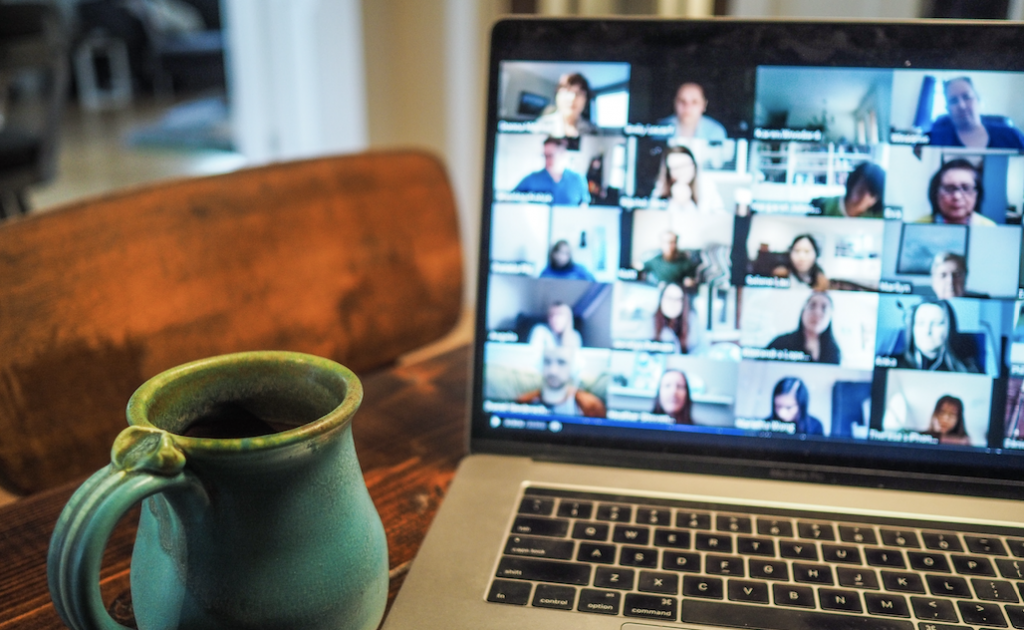Where and how employees work isn’t as simple as supervisors giving their stamp of approval. There’s much more at play that dictates if an employee can be an effective remote worker, and sometimes those variables are beyond an agency’s control.
One of those factors is accessibility — a topic both government and industry experts explored during GovLoop’s webinar Thursday about the hybrid workforce. What became clear is that remote work isn’t just about choice. It’s also a question of whether employees have a baseline level of capabilities to work from home. That includes stable, high-speed internet connection and accommodations for any disabilities.
“The weakest link is that connection,” said Mike Bahniuk, Senior Director of Sales within Samsung’s Federal Display Division. “We’re relying on everybody having an acceptable connection, and that is not always [possible].”
Francisco Salguero, Chief Information Officer at the Federal Communications Commission (FCC) encouraged employees to ask for what they need. From a technology standpoint, Salguero and his team consider what they can do to enable employees to be productive. That may require extending efforts beyond just IT and collaborating with human resources and direct supervisors for cases where employees need specific accommodations.
“Hybrid work is here to stay,” Salguero said. “It is not something that will go away with the pandemic. If anything, it has heightened our need to ensure we have hybrid work that can work for everybody from a functional and security perspective.”
But the reality is that agencies are going to be limited in some areas, as far as what they can provide remote employees — all of whom are starting from different places in terms of accessibility needs. As agencies reimagine what the future workplace will look like, equity and inclusion must be at the forefront.
That includes rethinking the layout and design of individual workspaces and conference rooms so that the experience is equitable for employees. Some agencies have already started down that path, Bahniuk said. They’re taking down whiteboards, installing larger screen displays and repositioning cameras to improve collaboration across hybrid workforces. The goal is to ensure remote employees have an interactive experience on par with in-office workers.
“As we design these new workplaces [with] fancy cameras … the agency still has to keep in mind some of the additional risks that are there,” Bahniuk said. Secure display screens, cameras and microphones must be a priority, for example.
During the pandemic, some employees have not only gone remote but moved to new locations both domestically and internationally. How agencies approach security must keep pace with these changes. “The remote workforce has helped identify some already existing issues that you aren’t aware of,” Salguero said.
The FCC recently moved its headquarters office to another location in Washington, D.C., Salguero said, joking that he hasn’t seen his office yet. He’s already anticipating the questions and new expectations that employees will have, regardless of where they work.
Now the question is going to be: “How can I get my work office to work the same way I had it in my home office,” Salguero said. “These are the capabilities we enabled in a remote environment. How do we ensure they are still enabled within the office?”
Photo by Chris Montgomery on Unsplash
This online training was brought to you by:


